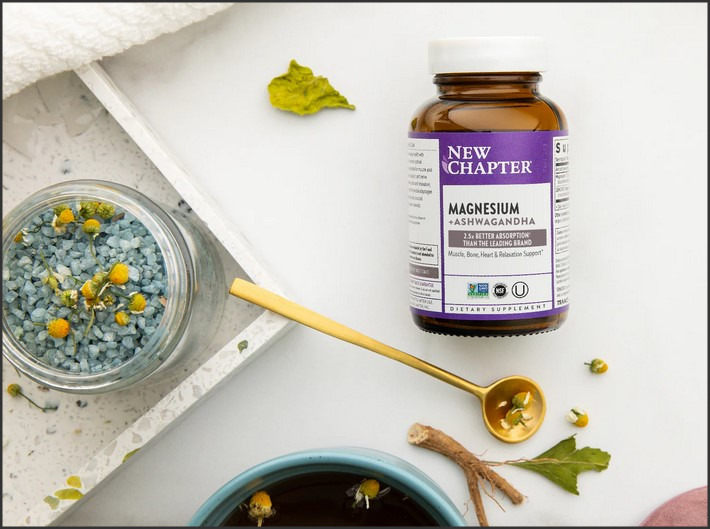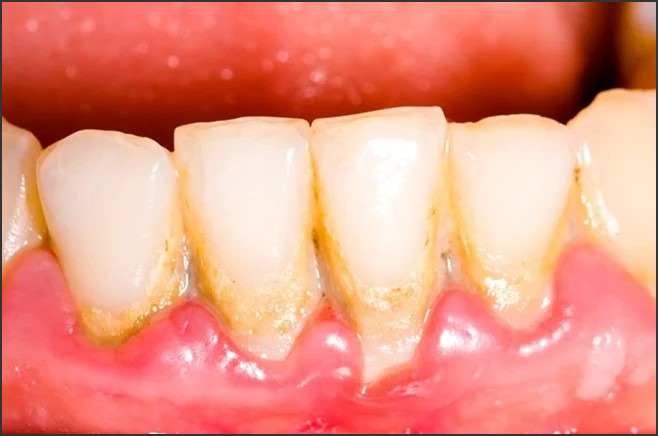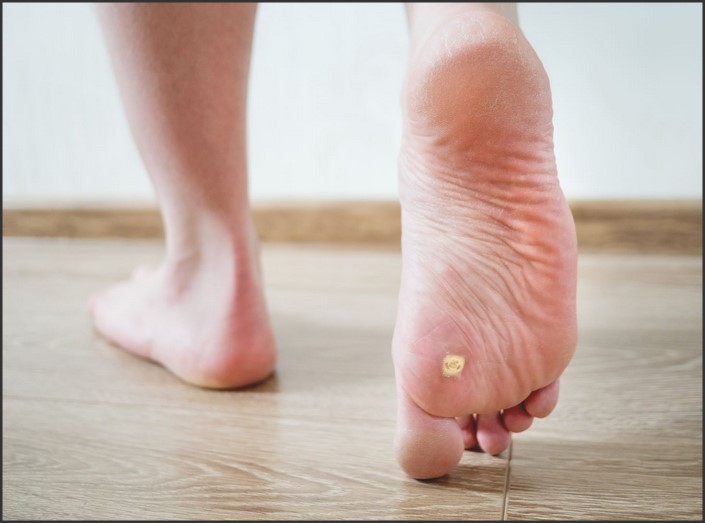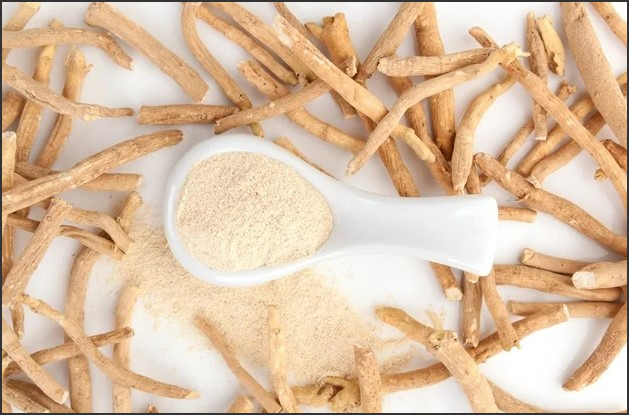
Calcium Magnesium Citrate is a mineral supplement that is gaining popularity due to its potential health benefits. It is a combination of calcium, magnesium, and citric acid, and is believed to be more easily absorbed by the body than other forms of calcium and magnesium. It is thought to be beneficial for bone and muscle health, as well as for other health conditions. This article will discuss the potential benefits of Calcium Magnesium Citrate, as well as how to use it safely and effectively.
How Calcium Magnesium Citrate Benefits Your Bones and Muscles
Calcium magnesium citrate is a combination of two essential minerals that are important for maintaining healthy bones and muscles. Calcium is a mineral that helps build strong bones and teeth, while magnesium helps regulate muscle and nerve function. Together, these two minerals can help keep your bones and muscles strong and healthy.
Calcium is essential for bone health, as it helps to form and maintain strong bones. It also helps to regulate the amount of calcium in the blood, which is important for muscle contraction and nerve transmission. Magnesium helps to regulate muscle contraction and nerve transmission, as well as helping to maintain healthy blood pressure and blood sugar levels.
When taken together, calcium magnesium citrate can help to strengthen bones and muscles. It can also help to reduce the risk of osteoporosis, a condition in which bones become weak and brittle due to a lack of calcium. Additionally, calcium magnesium citrate can help to reduce muscle cramps and spasms, as well as helping to reduce fatigue and improve energy levels.
Calcium magnesium citrate is available in many forms, including tablets, capsules, and powders. It is important to speak to your doctor before taking any supplements, as they can interact with certain medications and cause side effects. Additionally, it is important to ensure that you are getting enough calcium and magnesium from your diet, as these minerals are not always readily available in food sources.
In conclusion, calcium magnesium citrate can be beneficial for your bones and muscles. It can help to strengthen bones and reduce the risk of osteoporosis, as well as helping to reduce muscle cramps and spasms. Additionally, it can help to improve energy levels and reduce fatigue. However, it is important to speak to your doctor before taking any supplements, as they can interact with certain medications and cause side effects.
The Role of Calcium Magnesium Citrate in Supporting Bone and Muscle Health
Calcium and magnesium are two essential minerals that play a vital role in supporting bone and muscle health. Calcium is the most abundant mineral in the body and is essential for the formation and maintenance of strong bones and teeth. Magnesium is also important for bone health, as it helps to regulate calcium levels and is involved in the production of collagen, which is a key component of bone tissue.
Calcium and magnesium can be found in many foods, but it can be difficult to get enough of these minerals from diet alone. This is where calcium magnesium citrate comes in. Calcium magnesium citrate is a form of calcium and magnesium that is easily absorbed by the body and can help to ensure that you are getting enough of these essential minerals.
Calcium magnesium citrate has been shown to be effective in supporting bone health. Studies have found that taking calcium magnesium citrate can help to reduce the risk of osteoporosis, a condition characterized by weak and brittle bones. Additionally, calcium magnesium citrate can help to reduce the risk of fractures, as it helps to increase bone mineral density.
Calcium magnesium citrate can also help to support muscle health. Magnesium is an important mineral for muscle health, as it helps to regulate muscle contractions and can help to reduce muscle cramps and spasms. Additionally, calcium magnesium citrate can help to reduce fatigue and improve muscle strength.
In conclusion, calcium magnesium citrate is an important supplement for supporting bone and muscle health. It can help to reduce the risk of osteoporosis and fractures, as well as improve muscle strength and reduce fatigue. If you are looking for a way to ensure that you are getting enough of these essential minerals, then calcium magnesium citrate may be the right choice for you.In conclusion, calcium magnesium citrate is a beneficial supplement for supporting bone and muscle health. It helps to maintain healthy bones and muscles, and can also help to reduce the risk of developing osteoporosis. Additionally, it can help to reduce muscle cramps and spasms, and can help to improve overall muscle strength. For those looking to improve their bone and muscle health, calcium magnesium citrate is an excellent supplement to consider.








